New Zealand
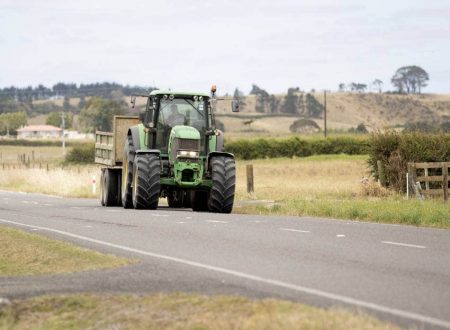
Covid-19: What has the NZ farming industry learned from coronavirus?
OPINION: New Zealand is unique. That’s the simple answer, but by asking more questions we can do better in future.
Covid-19 was a liminal experience.
Anthropologists use the term to describe a rite of passage – a coming of age that transitions a person into the next stage of life. It provides a potential launching pad that can be significant like circumcision, first communion and graduation.
There are three core characteristics of a liminal experience: enforced separation from normal ways of being and doing, a retention of some aspects of life that are familiar, a transformation in those that survive.
Read More here…
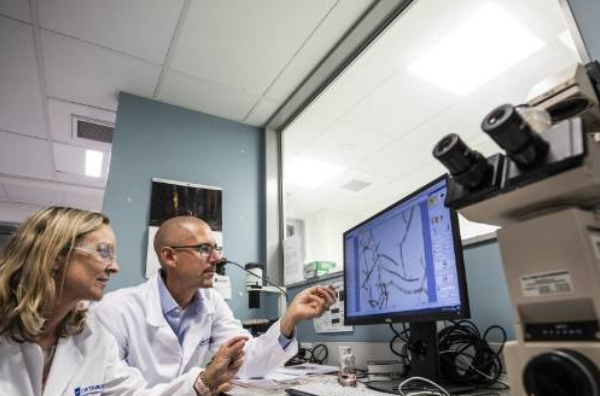
For sheep, a big dinner may be better for the climate than a big brekkie
The soil bugs that create the greenhouse gas nitrous oxide from animal urine work harder in the warmth. Kiwi scientists want to use that knowledge to reduce the gas produced, by encouraging sheep to empty their bladders at night.
Farms have two major sources of greenhouse gas – methane (which cows and sheep burp) and nitrous oxide. The latter is a very potent greenhouse gas, nearly 300 times more powerful than carbon dioxide.
Nitrous oxide is created when large amounts of nitrogen enter the soil. One of the biggest sources of nitrogen is animal urine, which concentrates the nutrient in a specific patch.
Read More here…
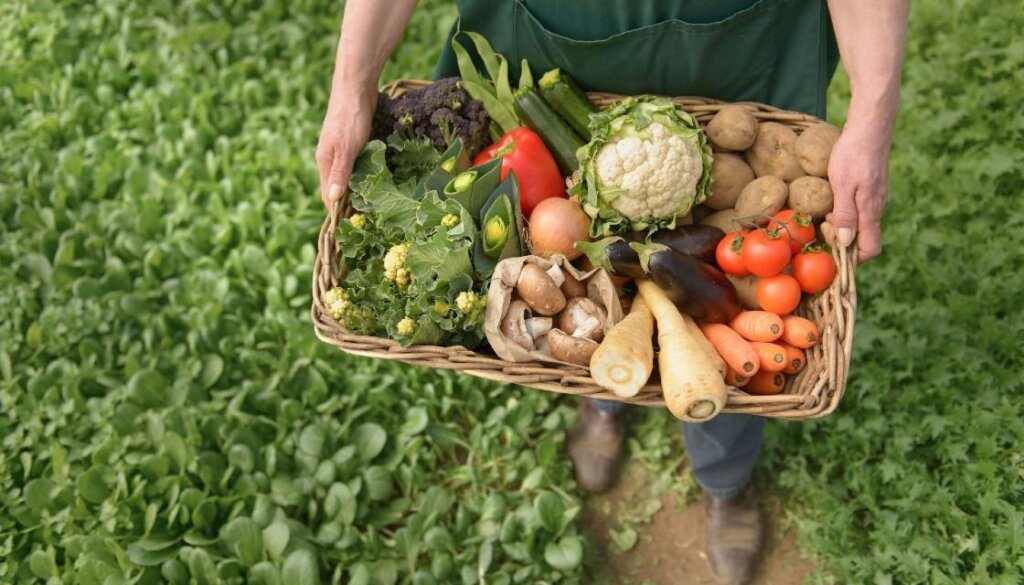
Opinion: Regulation for the organic industry is great – but we need to get it right
OPINION: The Organic Products Bill will almost certainly have slipped under the radar of most people.
It is a Government Bill that enjoys cross party support for its objectives and on its first reading in Parliament was passed almost unanimously (one vote against).
With the global market for organic products increasing at annual growth rates of anywhere between 9 and 15 percent for at least the last 15 years, and expected to reach around $221 billion this year, the organic sector has huge potential for our primary producers.
Read more here…

King Salmon has made a first-half loss following a difficult trading period as sales were disrupted by the pandemic.
King Salmon has made a first-half loss following a difficult trading period as sales were disrupted by the pandemic.
The company reported a net loss of $7.1 million in the seven months to January, compared with a $20.8m net profit in the six months ended in December 2019.
The numbers were not strictly comparable as the company changed its balance date last year from 30 June in order to include the peak summer fish performance period at the start of each new financial year.
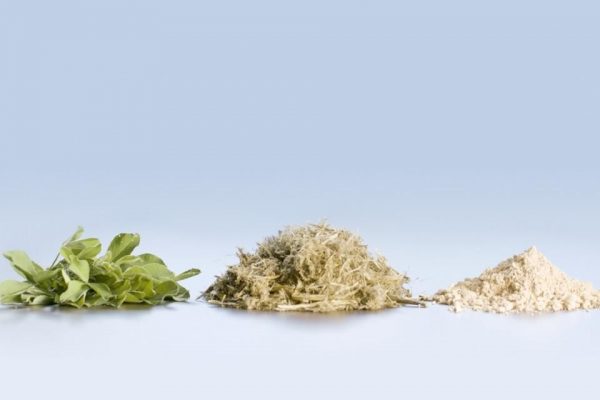
Multimillion-dollar R&D project aims to help budding plant protein sector grow
A new research and development programme is aiming to help the agriculture sector respond to increasing demand from consumers for “greener” food.
The five-year programme, by Canterbury-based start up Leaft Foods, will develop technology that extracts edible proteins from New Zealand-grown green leafy crops.
Its technology will be used to produce high-quality protein in the form of gels or powders that can be used in a range of foods. The company will also produce an animal feed optimised for ruminant nutrition with the potential to lower nitrogen losses and emissions on-farm.
Read More here…
Australia

Growth in bean production set to continue
FABA bean production has been one of the quiet success stories over the past decade and there could be further gains to come.
Jason Brand, Agriculture Victoria pulse breeder, said in the southern state, which together with South Australia is the home of the Australian faba bean industry, production had risen from 35,000 tonnes in 2009-10 to over 220,000 tonnes in 2016-17, a figure which may be surpassed when final totals are tallied from the 20-21 harvest.
He said broader uptake, particular in the Western District’s higher rainfall zones, was partially responsible for increasing production, along with a solid kick in yields.
Read more here…
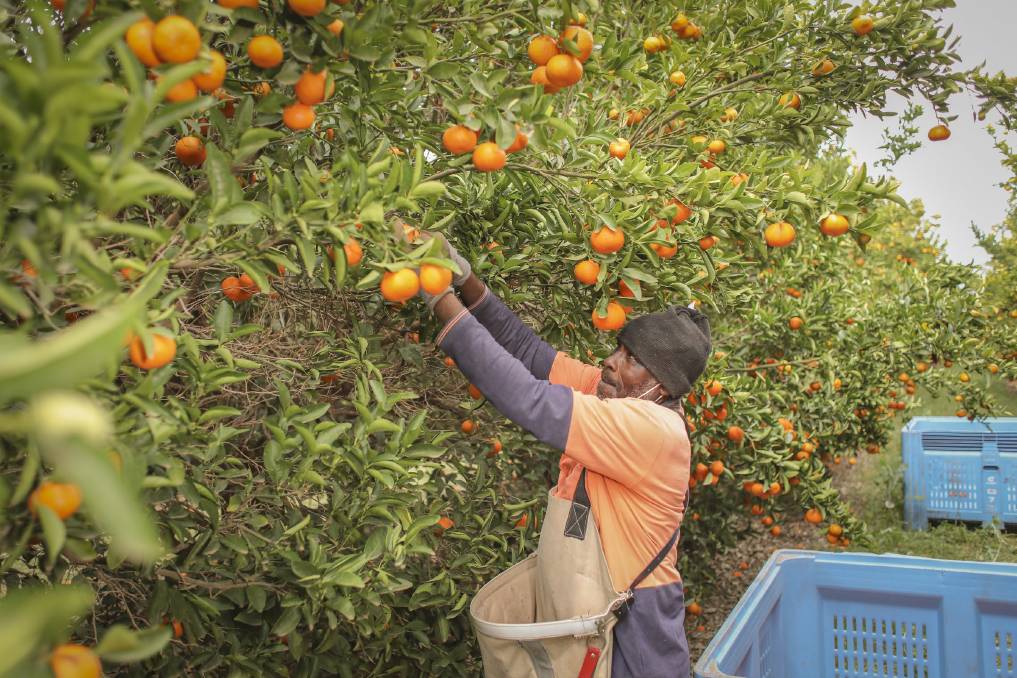
Citrus Australia pushes for hotel quarantine increase for Pacific workers
STATE governments should divert funds from failed worker incentive programs to increasing hotel quarantine caps for seasonal workers, according to a major industry group.
Citrus Australia has called on the various citrus-growing states to up their hotel quarantine caps to allow more Pacific workers in, rather than trying to lure city-based Australians.
According to Citrus Australia, only 2600 workers from the Pacific Islands have entered Australia so far with many placed in meat processing facilities.
Read more here…
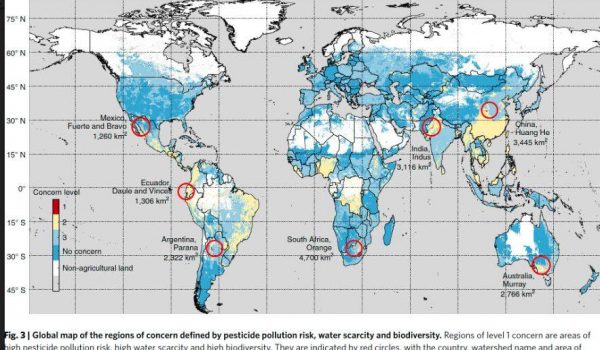
Australia doing well on pesticides, but MDB a concern
AN INTERNATIONAL study that looked at the risk of pesticide pollution has found that while overall contamination levels in Oceania are the lowest in the world there is cause for concern in the Murray-Darling Basin.
Authors of the study, published in Nature Geoscience, said the MDB was considered a high-concern region due to both its water scarcity issues and its high levels of biodiversity.
Together with key catchments in major agricultural regions in South Africa, Ecuador, China, India and Argentina the MDB has been nominated as a particular concern.
Read more here…

Fighting off feral pigs with a neighbourly spirit
With a population matching humans, feral pigs are one of Queensland’s most widespread and damaging pest animals.
Spreading dangerous weeds, degrading precious soil and water, destroying crops and property, the disease carrying animals are a constant threat to the agricultural industry.
Cane farmer Robert Boccolatte is fed up with the damage caused by feral pigs on his property at Saltwater Creek.
Read more here…
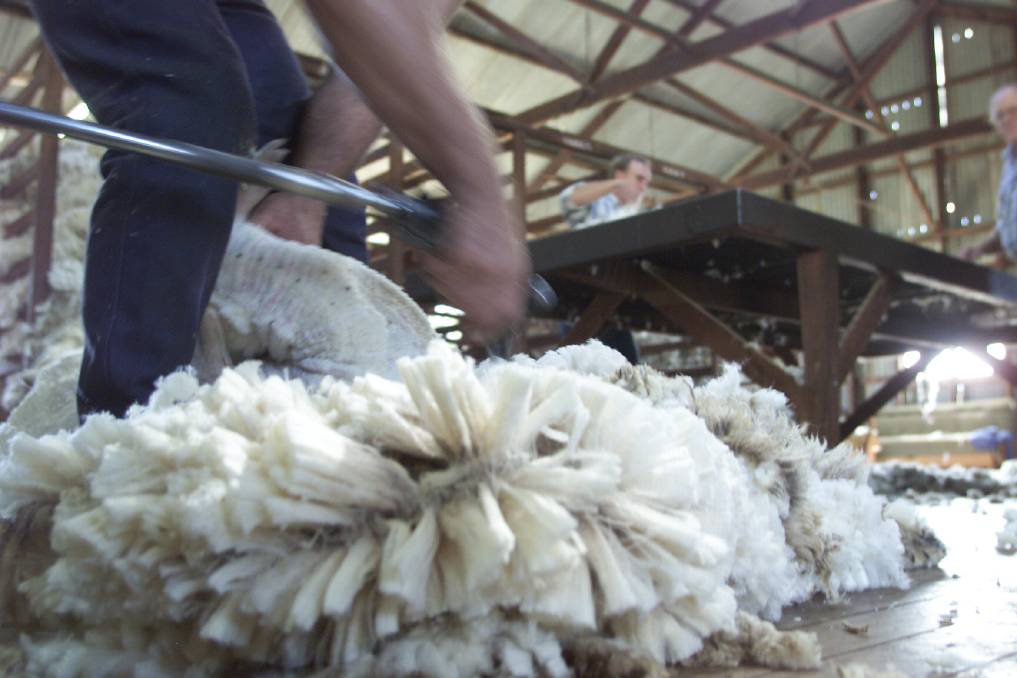
April is the month for Australian wool to shine
The Australian wool market entered this week’s Easter auction sale recess in a happy state.
Exporters have mostly weathered the recent shipping storm – for now.
Hopefully the recess will allow the dumping facilities and shipping lines to clear some of the backlog and re-establish some of their typical efficiency.
The wool market appears to have almost reset to where it was earlier in the year.
Superfine types have gained the most attention, medium Merino categories have been going along in an upward direction and a few crossbred orders have been keeping that sector moving.
Read more here…
South America

Argentine wine sales boosted by pandemic, but vineyards remain wary
Normally, during the Fiesta Nacional de la Vendimia (“Grape Harvest National Festival”) in the province of Mendoza, which produces 70 percent of the country’s wines, the region is bustling with tourists, mostly from Brazil.
But this Autumn, with the country’s borders closed due to the coronavirus pandemic, the only visitors are Argentine. Denied the possibility of heading away for their holidays in neighbouring Brazil or Uruguay, locals have been filling the void at vineyards.
“We’re happy because the pandemic has increased consumption and local tourism,” said Eduardo Pulenta, the owner of Pulenta Estate, a 135-hectare area of vineyards framed by the majestic backdrop of the Andes mountains.
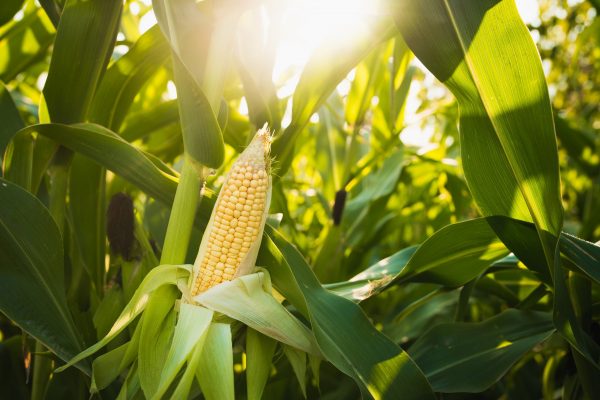
Coming Dry Spell in Argentina, After March Rains, Seen Helping Soy/Corn Harvest
Buenos Aires, AR — Rains that have pelted Argentina’s farm belt since mid-March halted the deterioration of corn and soy yields, and a coming dry spell will help kick off harvesting of the country’s two main cash crops, climatologists said March 31.
The South American grains powerhouse is the world’s No. 3 corn exporter and top supplier of soymeal livestock feed, used to fatten hogs and poultry from Europe to Southeast Asia.
“Most of Argentina’s agricultural area will see little to no rainfall in the April 1-8 period,” the Buenos Aires Grains Exchange said in a report.
Read More here…

BRAZIL’S SECOND CORN SOWING NEARLY COMPLETE; SOY HARVESTING AT 71% OF AREA – AGRURAL
SAO PAULO, March 29 (Reuters) – The sowing of Brazil’s second corn crop reached 98% of the estimated area for the Center-South of the country through last Thursday, according to a report by AgRural on Monday.
Despite a delay in plantings that caused many farmers to sow the cereal outside the ideal climate window, Brazil’s second corn crop is developing well across the region, the consultancy said.
Corn planting delays were caused by the slowest soybean harvest in 10 years, as the cereal is planted in the same areas as the oilseeds in key grain states.
Farmers had harvested 71% of Brazil’s soy area through last Thursday, below the 76% harvested at the same time last year, AgRural said.
Food Updates

UK eats junk food most often in Europe says new survey
Belgium came in at second place on the list of countries surveyed, while Austria and the Netherlands were found to eat the least junk food per month on average.
The UK eats the most junk food in Europe, a new study by meal box delivery company HelloFresh has found.
The company surveyed over 15,000 adults across nine European countries to establish their attitudes towards junk food. While many of the UK’s European neighbours eat junk food three times per month, they survey claims Brits eat double that, indulging six times a month on average.
Read more here…

Research reveals gender discrimination can affect crop yields
The research team behind the report believe that with the right advice and resources, yields can be boosted for entire communities – though these changes can only be implemented if women have the power to make decisions. A study examining bean productivity among smallholder farmers in Tanzania, has found that on average, yields are six percent lower among female farmers than their male counterparts. Women are often ‘invisible’ in agriculture, researchers say, due to social structural barriers and national agricultural policies, which do not address discriminatory land rights; education and agricultural information and decision making, which must be tackled to reverse this trend.
Read more here…

Nuts about chips? Taking a new approach to Texas’ favourite snack
New Food’s Joshua Minchin interviewed J.C. Taylor III from Texas Star Food and Nut to find out more about its almond-based chips ‘Nutchos’ and sustainability policies.
New research from the Food Standards Agency (FSA) has found that food businesses’ handling of allergens has significantly improved since new regulations came into force in 2014. The regulations make it mandatory to provide information to consumers about the presence of 14 allergenic ingredients in food.
The findings reveal a dramatic improvement in provision of allergen information and better food safety for consumers.
Read more here…

Packaging: delivering on convenience, performance, cost and sustainability
KANSAS CITY – The packaged food industry is on a new trajectory, and food packaging manufacturers have had a front row seat to the many dramatic changes and challenges over the past year. With continued assimilation to the rapid changes and demand for packaged food at an all-time high, consumers are settling into new routines with higher expectations regarding what packaging can and should do.
“The pandemic has reprioritized food safety as the No. 1 concern for consumers,” said Paul Frantz, president of Novolex Food & Delivery segment, Hartsville, S.C. “They want to protect their own health and the health of those around them and we see that reflected in the products that are flying off the shelves.”
Read more here…

Report projects alternative proteins to make up 11% of protein market by 2035
The report titled “Food for thought: the protein transformation” forecast the market for alternative proteins will grow to 97 million tonnes by 2035 from 13 million tonnes in 2020. Assuming average revenues of $3 per kg (2.2 lbs), that volume amounts to a market of about $290 billion.
Besides a base-case scenario, the report also listed upside scenarios. With faster technological innovation and full regulatory support, alternative proteins in one upside scenario potentially could account for 22% of the overall protein market by 2035.
Read more here…


